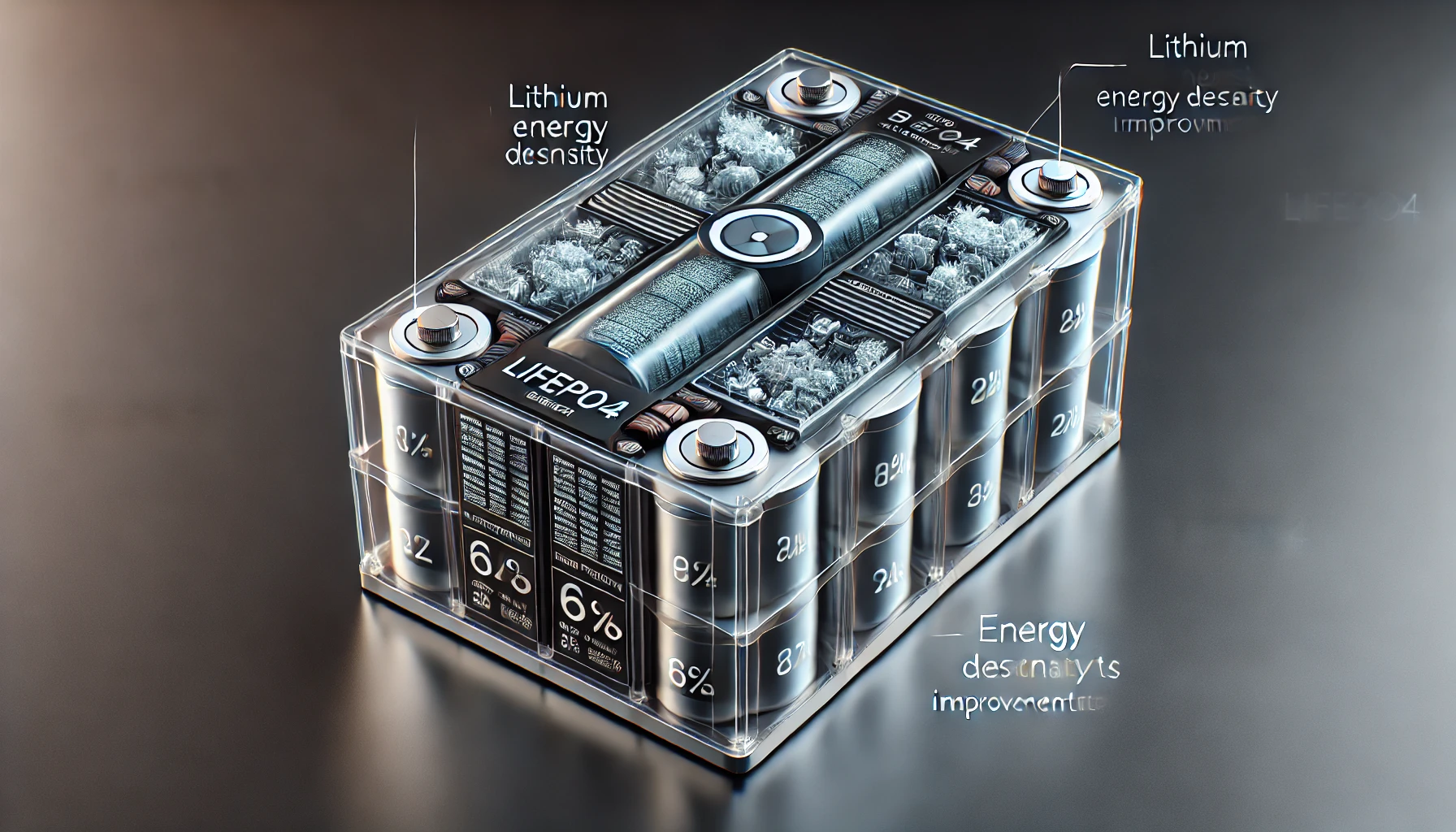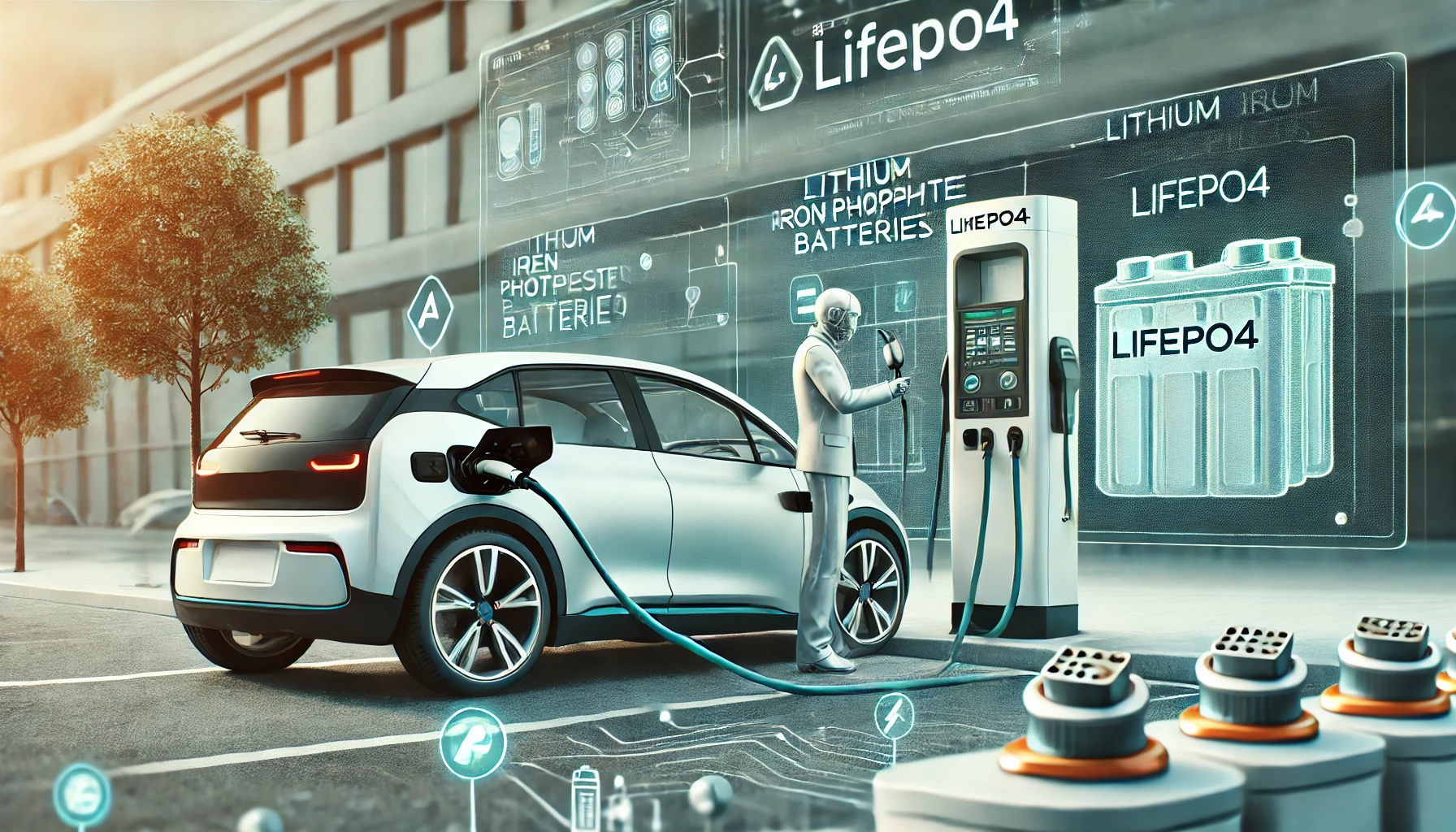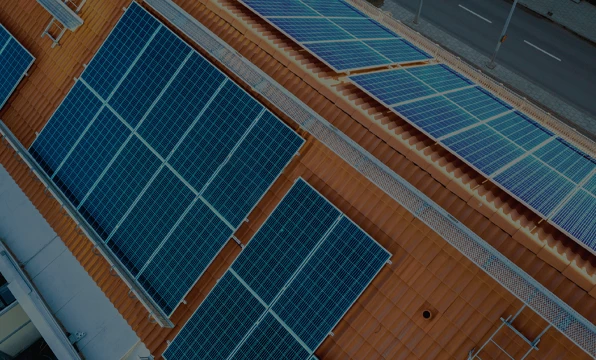
Breaking Through Technical Barriers: Energy Density on the Rise
In recent years, the energy density of LiFePO4 batteries has shown significant improvement. According to Pacific Securities, the specific capacity of LiFePO4 cathode materials has risen from 120mAh/g to 145mAh/g, a considerable leap in performance. This advancement is clearly reflected in the energy density of batteries used in electric vehicles, which has increased from 85Wh/kg to 138Wh/kg between 2014 and 2018, marking a 62% improvement.
One of the key factors driving this growth is the continuous innovation in battery design, material selection, and production processes. Chinese battery manufacturers, including BYD and Guoxuan, are leading the way in developing next-generation LiFePO4 batteries. For example, BYD has announced a new LiFePO4 battery that will increase energy density by 50%, offering a range of 500-600 km and a lifespan of 8 years or 1.2 million kilometers.
Core Advantages and Market Recovery
The rise in energy density has made LiFePO4 batteries even more attractive, especially for cost-sensitive consumers. With their high safety, long life, and low cost, LiFePO4 batteries are being adopted in an increasing number of electric vehicles (EVs). In fact, several recent models in the "New Energy Vehicle Promotion Catalog" have featured LiFePO4 batteries, indicating the growing demand for this technology.
From a market perspective, LiFePO4 batteries are well-positioned to dominate the electric bus and specialized vehicle markets. These markets benefit greatly from the cost and safety advantages of LiFePO4, and demand is expected to continue increasing as local governments continue to support the adoption of clean energy vehicles. In the passenger vehicle market, consumers’ growing preference for affordable and safe vehicles with long-lasting batteries makes LiFePO4 the go-to choice.
The Shift Toward Market-Driven Growth
The end of government subsidies in 2020 marks a shift from policy-driven growth to a more market-driven approach. This change presents an opportunity for LiFePO4 batteries to establish themselves as the dominant battery technology. With increasing competition in the electric vehicle market, manufacturers will focus on offering the best possible value for consumers. The long lifespan and cost-effectiveness of LiFePO4 batteries make them highly competitive compared to alternatives like nickel-cobalt-manganese (NCM) batteries.
In fact, it is predicted that the LiFePO4 battery market will experience a compound annual growth rate (CAGR) of over 30% from 2018 to 2022. This growth is expected to significantly impact the broader battery technology market and position LiFePO4 as a dominant player in both the EV and energy storage sectors.
New Opportunities in Energy Storage
LiFePO4 batteries are also making significant inroads into the energy storage market, particularly for grid balancing and frequency regulation. As the storage industry expands, more and more battery manufacturers are entering the energy storage space, and LiFePO4 batteries are playing a central role due to their reliability, safety, and cost-effectiveness.
These batteries are already being used in various energy storage applications, including residential and commercial grid-connected storage systems, and are becoming an important solution in the broader clean energy transition.
Conclusion
With their improved energy density, cost advantages, and safety features, LiFePO4 batteries are poised to continue growing in popularity, particularly in electric vehicles and energy storage applications. As technology improves and market demand for affordable, safe, and reliable batteries increases, LiFePO4 is set to play a central role in the global energy transformation. The future for LiFePO4 batteries looks incredibly promising, with new opportunities in both the transportation and energy storage sectors.
 +86 13332949210
+86 13332949210 info@xihobattery.com
info@xihobattery.com







 Xiho
Xiho Feb 15 2025
Feb 15 2025










